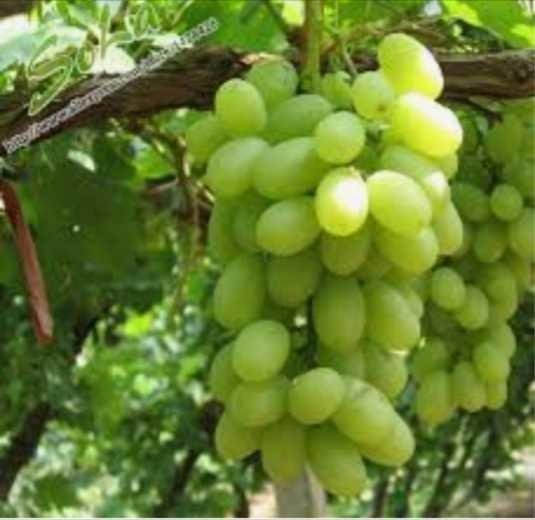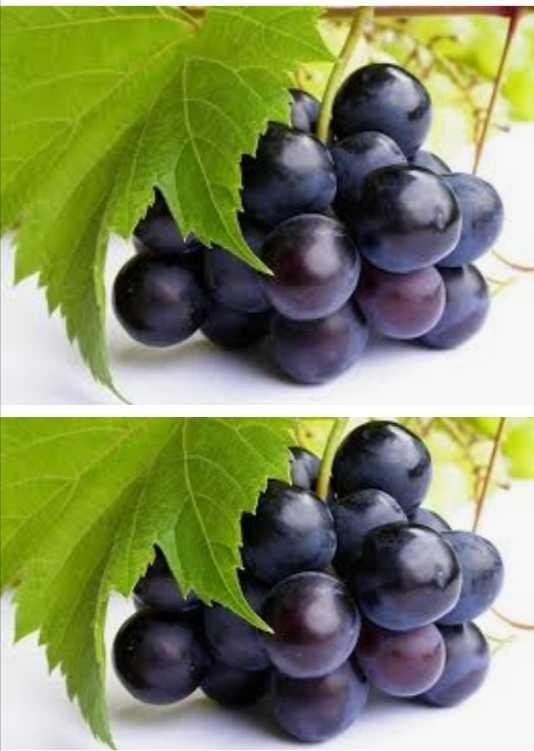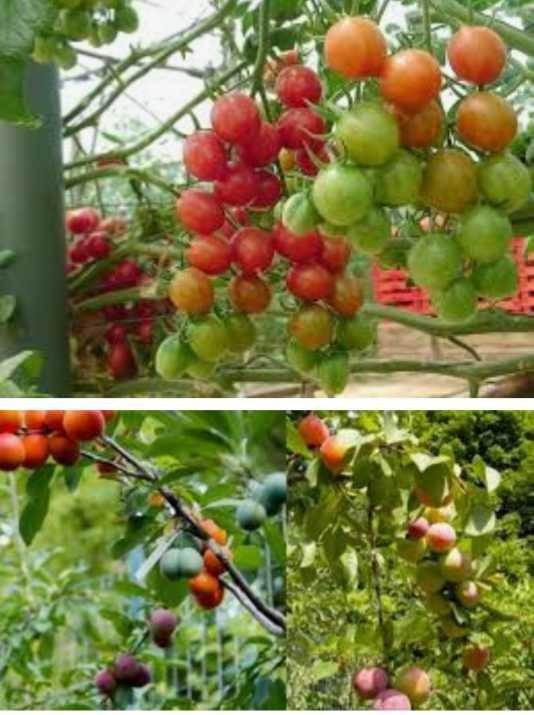The benefits of wine have been famous since the first. Ordinary wine is eaten simply or as a recipe ingredients or used as a syrup. In the European region already cultivated wine about 6000 years ago. This shrub plant, usually live in the area with high intensity with low rainfall. About 60 varieties of grape variety, consumed by the whole world.

Wine has a good nutrient content for the body. Each grape varieties have their own nutritional value, but in general the wine content consists of 70 percent water and 20 percent sugar substance, which makes the grapes very good for the body's metabolism. 10 percent of other substances include:
. Error acids
. Glucoside
. Phosphoric acid
. Manganese
. iron
. some vitamins
. Calcium
Other compounds such as polyphenols and resveratol substances contained in grapes that we know as antioxidants. The content of wine antioxidants counteract free radicals that enter the body, to prevent the formation of cancer-causing cells.



The Benefits Of Wine For Health.
The wine is rich in polyphenolic phytochemical resifatrol compounds. Resveratrol is one of the powerful anti-oxidants that have been found to be protective against colon and prostate cancers, coronary heart disease (CHD), degenerative neurological disease, Alzheimer's disease and viral / fungal infections.
Resveratrol decreases the risk of stroke by altering the molecular mechanisms in the blood vessels. This occurs, first by reducing the susceptibility of blood vessels through decreased angiotensin activity (systemic hormones that cause constriction of blood vessels otherwise can increase blood pressure) and secondly, through increased production of vasodilators, nitric oxide (beneficial compounds that cause vascular relaxation) .
Anthocyanins are a class of polyphenol antioxidants that present abundantly in red wine. This phytochemical has been found to have anti-allergic, anti-inflammatory, anti-microbial, and anti-cancer activity.
Catechins, a type of tannin anti-oxidant flannonoid tannin group, found in white / green varieties are also shown to have this health protection function. In addition, grapes are very low in calories. 100 g of fresh wine produces only 69 calories but zero cholesterol levels.
Wine is a rich source of micronutrient minerals such as copper, iron, and manganese. Copper and manganese are important cofactors of antioxidant enzymes, superoxide dismutase. Iron is mainly concentrated in raisins. In addition, 100 g of fresh wine contains 191 mg of electrolytes that are beneficial to health, potassium.
Grapefruit is a good source of vitamin C, vitamin A, vitamin K, carotene, vitamin B complex, such as pyridoxine, riboflavin, and thiamin.

